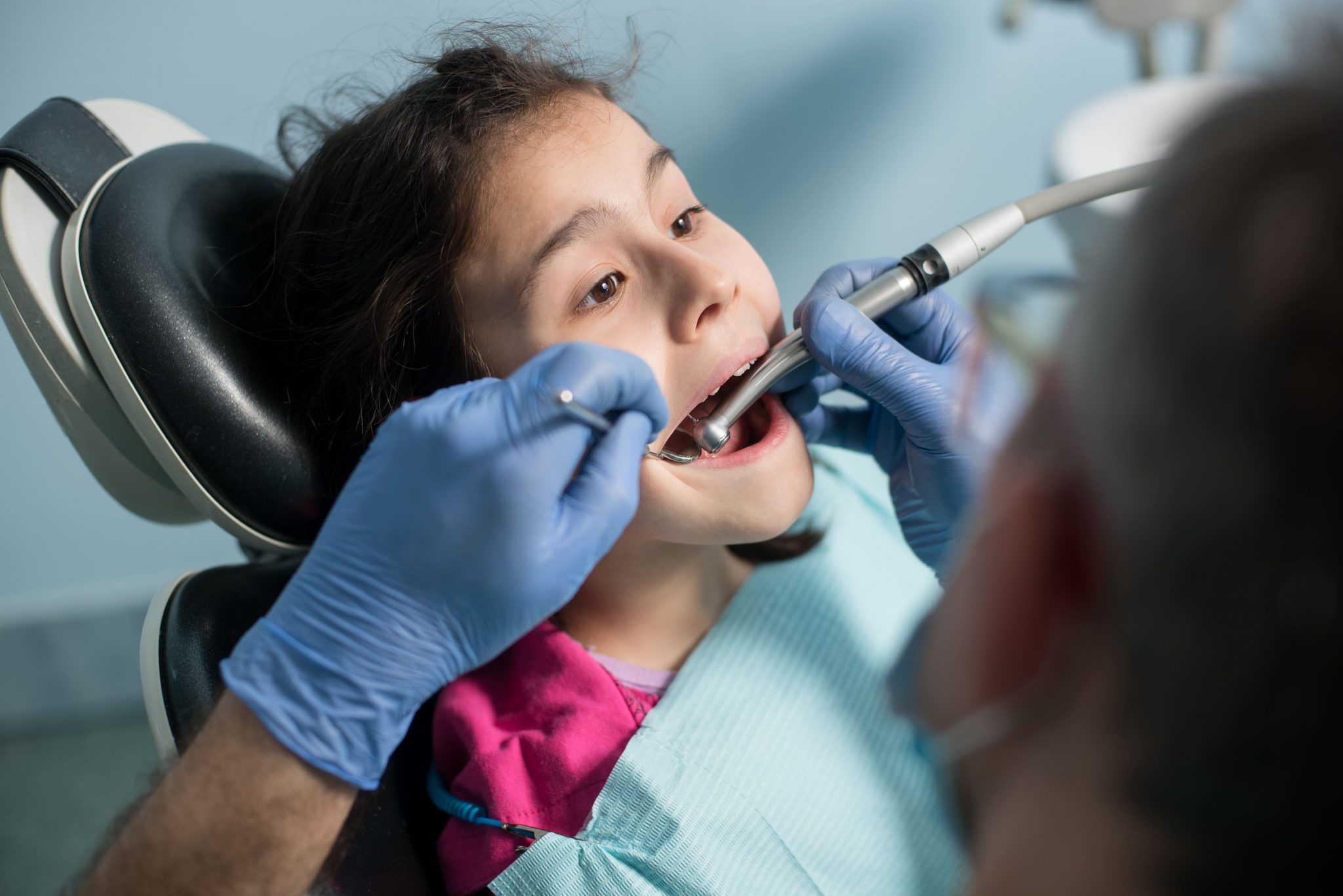The Mumbai Program Director & Clinical Psychologist at The MINDS Foundation. Honorary Associate Editor for the Indian Journal of Mental Health with over 100 National and International publications
Take a moment to glance around the next time you leave your house and go somewhere public. It will not be long until you see a child with their eyes glued to a screen nearly the size of their face. But is overdependence on technology a sign of mental illness in children?
The use of technology is constantly increasing in our ever-changing world. Our era is rightly termed the “digital age” since technology has become an integral part of our human lives. The consideration of our dependence on technology including the Internet, smartphones, and other digital devices is a relevant topic, given the increasing rate at which new innovations are being introduced and the various ways in which it influences every single aspect of our lives – from communication to work to entertainment and much more. Additionally, the prevalence of technology use is expanding in the lives of all age groups, including children. While technology has been a blessing to us for offering multiple avenues to readily avail information, connect with our loved ones, work efficiently and seek support, research has provided vast evidence for significant well-being risks associated with our increased reliance on it that cannot be overlooked.
Technology dependence can be understood when a child relies on technology in order to function throughout their daily lives. This type of dependency is not a healthy way of living and can have a negative impact on the child’s mental, physical, and emotional development. But, the opposite can be true too – children who overuse technology may be hiding mental illness, using technology as a way to escape from daily life. According to a 2018 study published in the journal of Preventive Medicine Reports, it was found that young people who spend seven hours or more a day on screens are more than twice as likely to be diagnosed with depression or anxiety than those who use screens for an hour a day (Twenge & Campbell, 2018). The data for this study was collected from more than 40,000 kids aged between 2 to 17 and was obtained as part of the Census Bureau’s 2016 National Survey of Children’s Health.
In recent years, technology has provided us with a space for fulfilling our human needs for stimulation, interaction, and changes in our surroundings with great effectiveness. When young children experience dissatisfaction or stress in any area of life, they have the means of relying on technology through their digital devices in order to satisfy their needs. This is true when children experience the symptoms of mental illness, too. Parents have also discovered that handing their child their smartphone or tablet is a convenient solution when their child is bored, upset, or throwing temper tantrums.
There is significant evidence that proves the negative impacts of technology dependency on children’s mental well-being. Some of them are:
- Susceptibility to depression, anxiety, and other mental health issues
- Disturbed sleep patterns
- Obesity
- Learning barriers
- Decreased interpersonal communication
- Cyberbullying
- Feelings of low self-esteem and self-worth
- Loneliness
- Inability to concentrate and complete tasks
The internet is one of the majorly utilized components of technology by children. Research has found that approximately 55% of children are dependent on the internet. While a little bit of internet use has positive effects, too much dependency may result in troublesome behaviors at school, inability to make friends, and negative effects on their intelligence and relationships with their parents, which can worsen mental health symptoms. Some of the other disadvantages that come with excessive use of the internet are as follows:
- Harder time getting to bed and sleep deprivation.
- Loss of interest in other activities.
- Limited physical activity.
- Social isolation.
- Inability to follow schedules.
- Frequent mood changes.
- Increased possibility of developing depression, anxiety, and attention problems, including ADD and ADHD.
Popular Topics

What is Vitamin D deficiency? Spotting early signs of Vitamin D deficiency
Reviewed By Divya Gandhi, Dietitian

Understanding How Vitamin D Leads to Strength
Reviewed By Kejal Shah, Nutrition Expert

Vitamin D deficiency in children and what does it lead to?
Reviewed By Apurva Surve, Sports Nutritionist

Why is Vitamin D an essential nutrient? Know how it plays a role in your child’s development
Reviewed By Varuna Shunglu, Health Counselor & Meditation Teacher
Given the serious underlying disadvantages of technology overuse, it is essential for the parents to be able to recognize the dependency signs to ensure their child is using technology within healthy boundaries. Unfortunately, the dependency of technology on children is not only becoming more widespread but also causing an adverse effect on a child’s growing brain. Since a child’s brain is less developed as compared to those of adults, it is more susceptible to significant changes in the brain structure and connectivity; and may result in stunted neural development. Following are some of the warning signs that may help identify technology dependence in children:
- Unexpected and severe changes in sleeping habits, appetite, personality traits, and behavior.
- Extreme mood swings.
- Difficulty in paying attention to and fulfilling daily tasks.
- Decreased in-person interactions.
- Partaking in risky and impulsive behaviors.
- Increased temper tantrums and anger outbursts, especially when refrained from digital devices.
- Feeling withdrawn, sad or restless.
- Addiction to the internet.
- Loss of interest in physical and social projects.
- Poor academic performance.
Limiting technology use and reducing the likelihood of dependency in children are crucial aspects of promoting healthy mental, emotional, social, and physical development. There are many ways in which parents can prevent their children’s technology dependence. Some of which are:
- Be mindful of what technology should be introduced to the child and when.
- Educating the child to maintain a healthy balance between using technology and indulging in physical and social activities.
- Setting ground rules and enforcing them, such as designating “tech-free” times together like family dinners or outings, and also “tech-free” locations like the dining area, child’s bedroom, or in the car.
- Scheduling appropriate hours for using technology and ensuring the total amount of screen time per day does not exceed the age-group recommendations.
- Monitoring access by using the device together with the child can be used as an opportunity to communicate, interact and share family values.
- Reviewing your own technology usage and being aware of your behavior is setting a negative example.
With our bustling lives, technology may be a convenient solution to keep a child occupied and entertained. However, when a child shows signs of dependence on technology, they may also be struggling with their mental health. Parents and caregivers must, however, be available to interact, listen, play, visit places, and actively engage with their children during their daily routines and activities to effectively prevent excessive use of the internet and protect their mental well-being.
References:
- Alavi, S. S., Maracy, M. R., Jannatifard, F., & Eslami, M. (2011). The effect of psychiatric symptoms on the internet addiction disorder in Isfahan’s University students. Journal of Research in Medical Sciences: The Official Journal of Isfahan University of Medical Sciences, 16(6), 793–800. https://pubmed.ncbi.nlm.nih.gov/22091309
- Scott, D. A., Valley, B., & Simecka, B. A. (2016). Mental Health Concerns in the Digital Age. International Journal of Mental Health and Addiction, 15(3), 604–613. https://doi.org/10.1007/s11469-016-9684-0
- Technology Dependency – Mental Health and Screens – J. Flowers Health. (n.d.). J. Flowers Health Institute. https://jflowershealth.com/technology-dependency-in-children/
- Twenge, J. M., & Campbell, W. K. (2018). Associations between screen time and lower psychological well-being among children and adolescents: Evidence from a population-based study. Preventive Medicine Reports, 12(12), 271–283. https://doi.org/10.1016/j.pmedr.2018.10.003
The views expressed are that of the expert alone.




